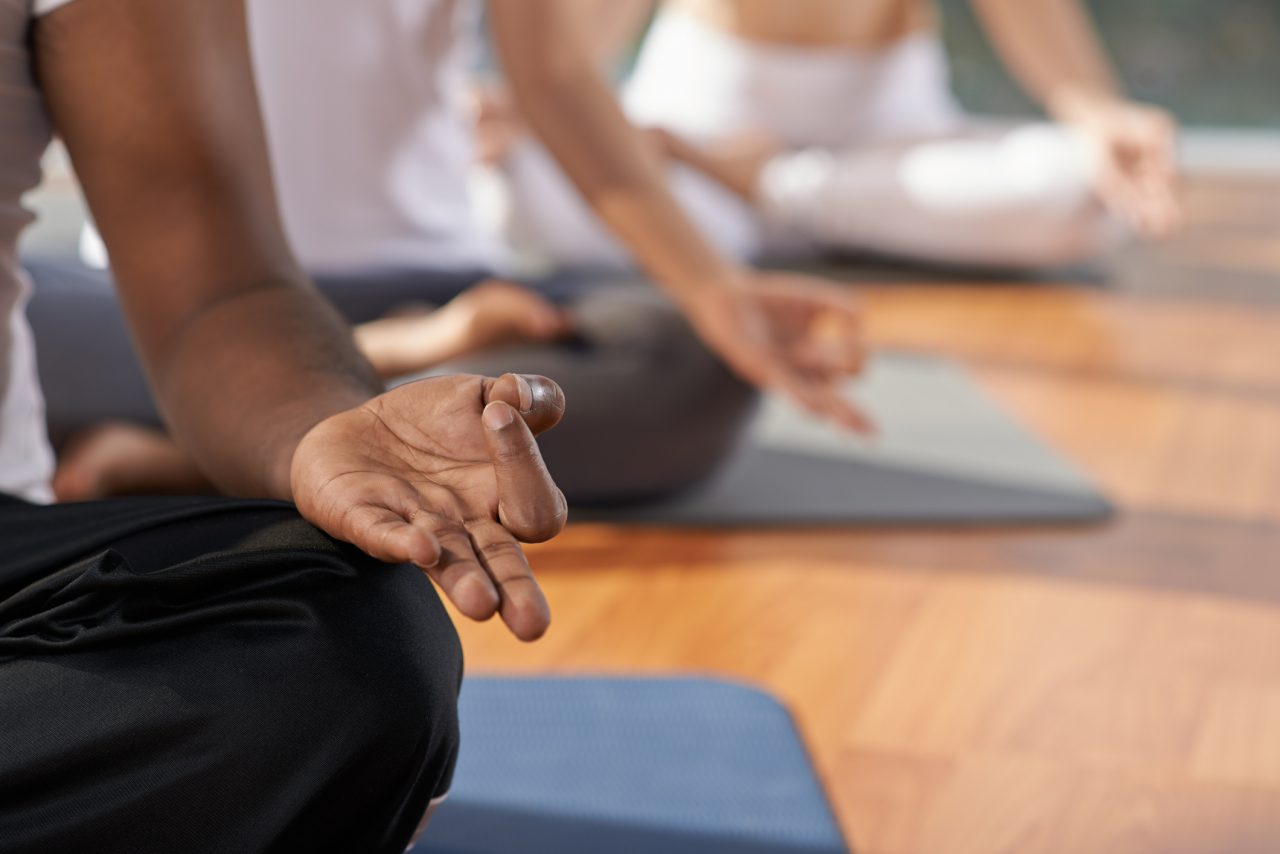This is the final installment of our meditation series. Here are the first and second installments.
Meditation is classified as a mind-body practice. It is used to move the focus of your attention away from the noise of the mind to the inner self where there is silence and peace.
Meditation has been practiced for thousands of years. Most meditation originated in ancient spiritual traditions. There are many types of meditation. In this column, I will give you step-by-step instructions based upon several eastern methods.
- Choose a quiet, dimly lit location. Total darkness can put you to sleep. Bright lights can distract you.
- Sit with your back straight. You should be erect, but comfortable. This position will keep you from dozing off and will enable you to breathe deeply and easily. You want to achieve wakeful calm. However, if you are having trouble sleeping, meditation will help you to go to sleep. Just try it lying down in bed.
You can meditate sitting on a chair with your feet flat on the floor, our you can sit down on a padded floor mat. Most Zen Buddhists sit on the front third of a firm cushion placed on a floor mat. This keeps their spines straight. They usually sit in several cross-legged configurations. You can also kneel on a mat. Some sit on a low bench with their legs tucked under. Choose a method that is most comfortable to you.
- Place your hands in your lap or on your knees. Again, choose a position that is comfortable. It's important that your hands don't distract you. I find that folding my hands in my lap works well.
- Close your eyes. Many meditators leave their eyes open just a crack and let their vision go out of focus. Do what works for you.
- Your mouth should be closed with the tongue up against the roof of your mouth. Breathe through your nose. If you have a cold, it's okay to breathe through your mouth. Keeping your tongue against the roof of your mouth reduces salivation, which can distract you.
- Inhale slowly and deeply. Exhale slowly. Do this several times.
- Concentrate on relaxing your body in stages. Start by thinking of your feet, then your legs, abdomen, chest and head.
- Begin to breathe slowly and rhythmically.
- There are several devices for moving your attention away from the constant activity of your mind to a place within you that is silent and peaceful. You can use one or more of them. Whatever works for you. You can count your breaths, repeat a word or sound to yourself, concentrate on a pleasing mental image, chant out loud, recite a prayer over and over. I like to dwell upon the sounds of my breaths entering and leaving my body. I also focus my eyes on the back of my eyelids.
- As you meditate, your mind will want to intrude. Don't fight it or worry about it. This is normal. Just move gently back to your breathing and your device(s). In time, the mind will become less and less intrusive. You will become calmer and you should get a sense of self unattached from the outside world.
Meditation will make you happy. That's why it's been around so long.









